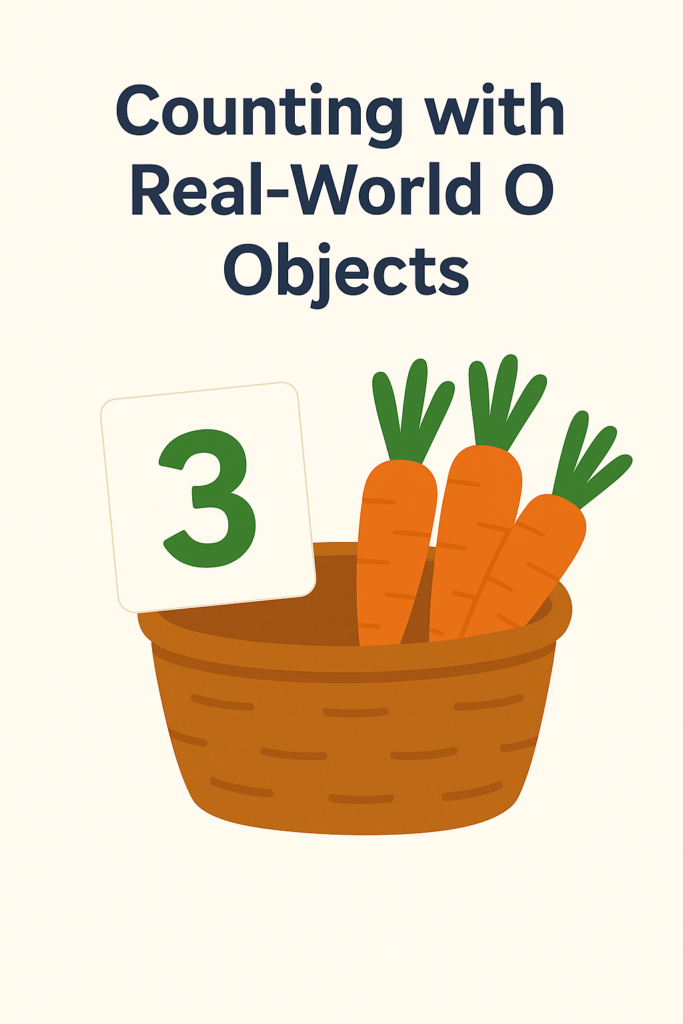This piece of A kindergarten math lesson plan article is the foundation of a kid’s maths skills. Numbers are everywhere; everyone wants to learn basic mathematics for living. In here, I explain how to learn math in kindergarten and also explain how hands-on activities help with counting, shapes, and basic comparisons. This is mainly designed for preschool and kindergarten classrooms.

Suitable for: Preschool / Kindergarten
What you learn: Mathematics – Early Numeracy
Time spent: 30–40 minutes
Objective:
After this lesson plan, everyone will be able to:
- You can understand and count numbers 1–10 (and extend to 20 for advanced learners).
- Identify basic shapes (circle, square, triangle, rectangle)..
1. Introduction (5 minutes)
- Warm-Up Activity: Sing a counting song like “Five Little Ducks” or “Ten in the Bed”.
- Teacher Prompt: “Today, we are going to learn Math. We will look for numbers and shapes all around us.”
2. Main Lesson (20 minutes)
A. Counting with Objects (10 minutes)

Materials Needed:
- Plastic fruit or toy food items
- Number flashcards (1–10)
- Small baskets
Activity:
- Ask the children to choose the correct number of toys to match a flash card.
- Example: If the flash card says “4,” the kid picks 4 apples and puts them into a basket.
- Ask them to count aloud.
“You might see apples in a fruit shop. Just like the shopkeeper counts apples for customers, we can count too!”
Statistics Fact:
According to the National Early Mathematics Advisory Panel (2008), children with counting skills in preschool are more likely to excel in later math subjects.
B. Shape Hunt Game (5 minutes)
Materials Needed:
- Shape cutouts (circle, square, triangle, rectangle)
- Tape
Activity:
- Hide shapes around the classroom.
- Ask students to find and name the shape they see.
- Example: “I found a circle! It’s just like the clock on the wall.”
Do you know:
Shapes are everywhere – in windows (rectangles), pizza slices (triangles), and coins (circles).
C. Comparing Quantities (More or Less) (5 minutes)
Materials Needed:
- Two jars filled with different amounts of blocks
Activity:
- Show students two jars. Ask: “Which jar has more? Which has less?”
- Let them count to see if the answer is correct or not.
Statistics Fact:
A Stanford University study shows that understanding “more” and “less” by age 5 is a strong predictor of first-grade math success.
3. Practice Activity (5–10 minutes)
- Worksheet or Interactive Board:
- Circle the group with “more.”
- Count and write the number under the pictures.
- Match shapes to real-world pictures.
4. Wrap-Up & Reflection (5 minutes)
- Review numbers and shapes learned.
- Ask: “Where can you find these shapes at home?”
- Give starts as a reward for participation.
5. Assessment
- Observe students counting objects accurately.
- Check if they can name shapes without prompts.
- Look for understanding in “more” vs “less” comparisons.
Extension/Homework Idea
- Tell parents to go on a “Math Walk” with their child to count cars, spot shapes in buildings, and compare sizes of items.

